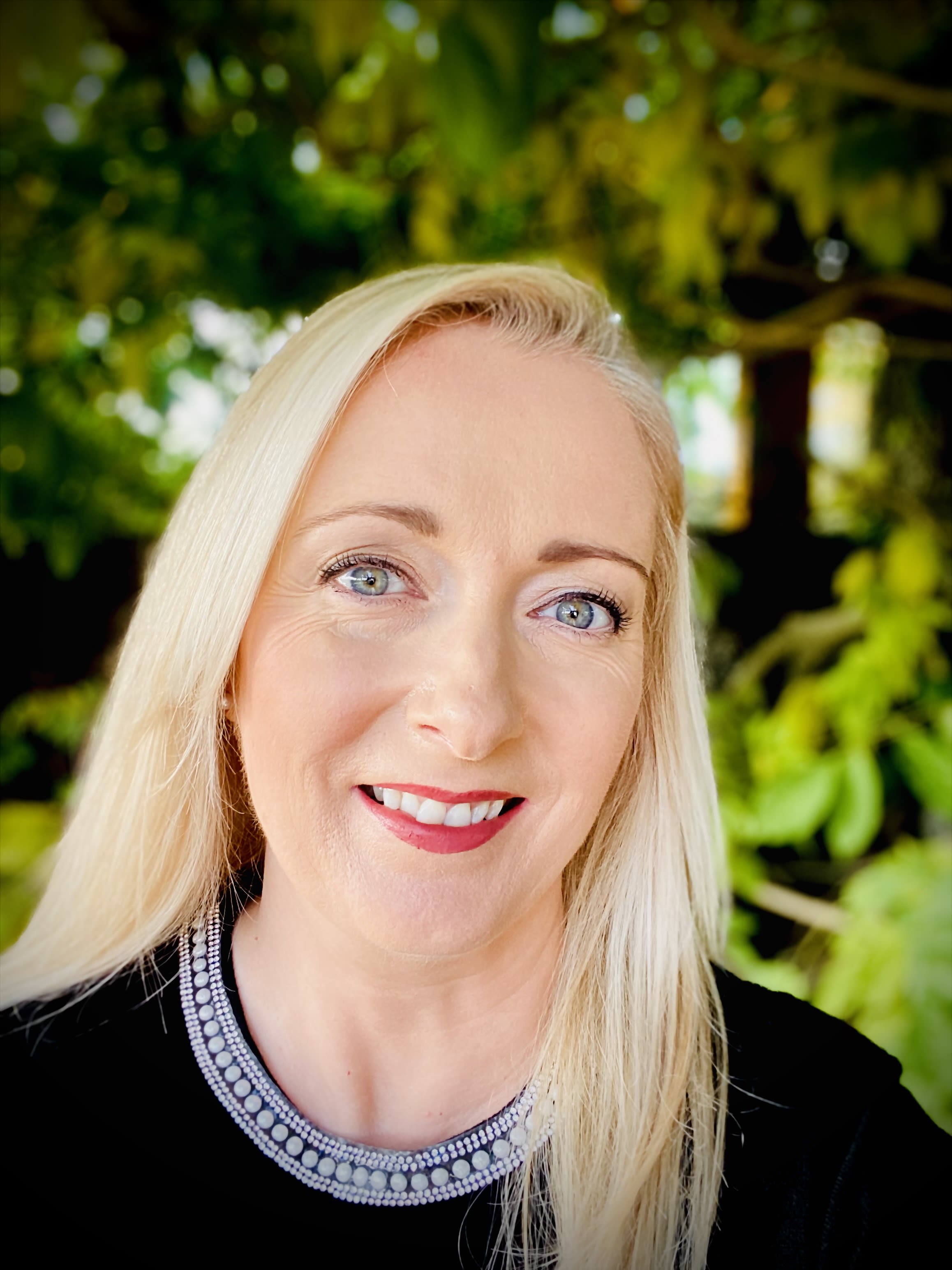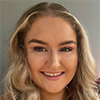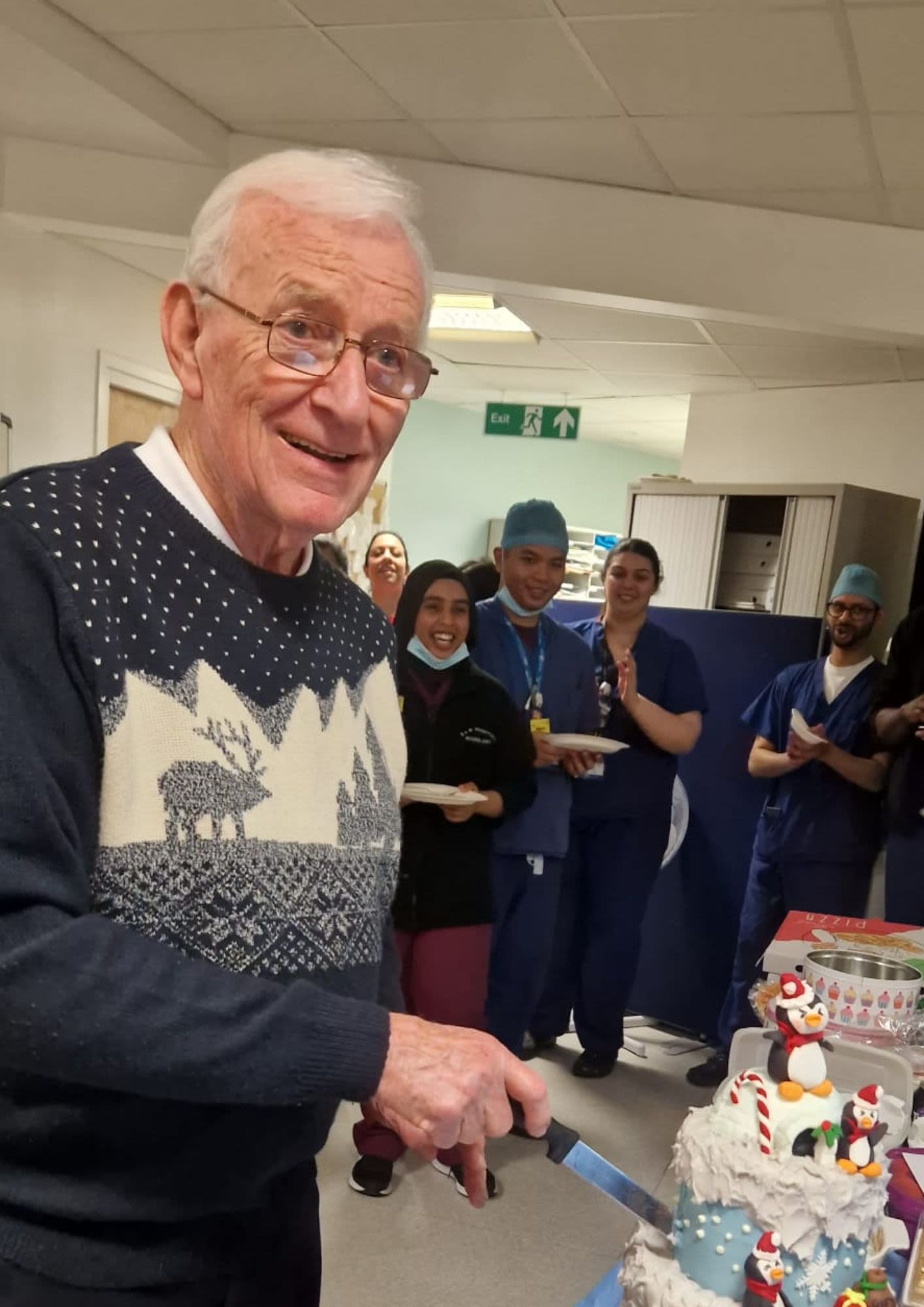Membership
People
All the latest updates from our members. Send us your news!
New SoR lead for Northern Ireland
Cora Regan is the new SoR national officer for Northern Ireland and brings with her a wealth of experience from operating at the highest levels of government.
Before taking up the post, Cora was the national imaging lead at Northern Ireland’s Department of Health. She says: “Having worked at the department, I have experience of – and insight into – how government and policymaking works and how we can influence at that level.”
After graduating in 1998, Cora worked as a diagnostic radiographer, initially in Musgrave Park Hospital, Belfast, where she first became an industrial relations rep for the SoR. She says the strong rep network and SoR Council in Northern Ireland are essential to ensure radiographers are represented on the issues that affect them.
Having just launched a consultation on industrial action over the lack of a new pay offer for radiographers, Cora is determined to deliver better pay and conditions for her colleagues.
“The biggest issue we have in Northern Ireland is the instability of the workforce,” says Cora. “Services are run on a cliff edge at the moment and we risk losing staff to the other three nations of the UK, and the Republic of Ireland. Unless something is done to address that urgently, we are going to find ourselves in a very difficult position down the line.”
Cora Regan
Cora Regan
Radiography student is ambassador for personalised care
Thailay Roscoe
Thailay Roscoe
Thailay Roscoe, a third-year diagnostic radiography student at the University of Salford, has been appointed an ambassador for the Personalised Care Institute. In this role, she will help to demonstrate the value of personalised care and advocate for its adoption across health and social care. Here, Thailay, who is also Chair of the SoR Student Forum, shares some thoughts on her new role.
How did you become a PCI ambassador?
“Last year, I was an NHS AHP social prescribing champion. I thoroughly enjoyed the role and the platform it gave me to spread the word about social prescribing and how we can embed it into our radiography practice. As that role ended, I was keen to find a new challenge that would deepen my understanding of personalised care. I saw the advert to become an ambassador on Twitter and it felt like the perfect next step.”
What will you be doing to promote personalised care?
“I have built a strong professional platform on Twitter so I will be using that primarily to promote the institute and the fantastic free courses it offers. I am also very keen to work with colleagues at my trust to implement active signposting into our clinical practice, especially with the new HCPC updates coming in September.”
Why do you think personalised care is important?
“Every patient is unique and, as healthcare professionals, we should appreciate every person’s differences and tailor the care they receive to best meet their needs. In radiography, it is important for us to consider the whole person and not just the reason why they have attended for imaging that day. We can all use short conversations to make a big difference to the patient experience.”
Radiographers praised in inspirational speech...
“There has never been a better time when your profession has been so valued”
Jim cuts the cake at his birthday celebration
Jim cuts the cake at his birthday celebration
Celebrating 70 years in radiography
Jim Dauber has celebrated his 90th birthday, having worked as a radiographer for more than 70 years, writes Maryam Dabboussi.
Jim worked with us at Barking, Havering and Redbridge University Hospitals NHS Trust for more than 20 of those years. He was, without doubt, our maestro, having trained in excess of 100 radiographers. Imparting his extensive knowledge and comprehensive expertise, Jim guided all of them successfully and dispelled the many fears they may have had about working in an operating theatre environment – he made it look easy.
We often reminisce about his impressive dexterity and prowess. How he was able to push an image intensifier with one arm while pulling the image monitor screen with the other. How he could single-handedly screen cases in two theatres (his timing was impeccable), keeping two demanding surgeons both very happy. Most of all, we admire how conscientious and resilient he was, powering through until the age of 87, when the Covid outbreak forced him to remain at home.
Jim recently celebrated his 90th birthday and all of us in radiology at Queen’s Hospital would like to take this opportunity to thank you, Jim, for your exceptional and outstanding service. For everything you taught us. You are a credit to your profession and we wish you a wonderful continuing retirement.
Maryam Dabboussi is lead radiographer at Barking, Havering and Redbridge University Hospitals NHS Trust.
In memoriam
Anne Lando
One of our earliest sonographers
Anne Lando qualified as a radiographer in the very early 1950s, before taking up her first post at the London Jewish Hospital in Stepney Green, writes Audrey M Paterson.
Later, during the 1960s and 1970s, she broadened her role to include ultrasound when she was a radiographer member of a multidisciplinary ultrasound team at St Bartholomew’s Hospital in London. At that time, equipment was generally static and unwieldy, resultant scans bore no resemblance to today’s images and imaging/physics/medicine ultrasound teams were almost the norm. Or, as Anne put it years later: “We couldn’t have done it without working together.”
As ultrasound services developed, Anne moved to work as a clinical sonographer at what was then The Mothers’ Hospital of the Salvation Army in Hackney. She moved into sonographer education in the early/mid 1980s at the Royal Free Hospital School of Radiography (later the Islington and Hampstead School). Here she took on the running of the diploma in medical ultrasound (DMU) programme, a position she held until the closure of the School in 1991. At that time, Anne decided to return to clinical work for her few remaining working years.
Many sonographers who trained at “The Hoo” in Belsize Park, North London will remember Anne with fondness and gratitude for the unfailing support she gave them, even on those occasions (few, fortunately!) when she discovered certain discrepancies in the DMU log books the students were required to compile.
Arguably, the log book was the bane of Anne’s life at that time and led her and like-minded colleagues to begin developing a more robust clinical assessment scheme; it proved to be a significant foundation for the postgraduate ultrasound programmes that replaced the DMU in the mid-1990s.
Anne set herself very high standards and always adhered to them but, while she expected others to have similarly high standards, she was never judgmental if an individual slipped. Indeed, she was unfailingly kind and compassionate.
Those of us who were fortunate enough to work with Anne will remember with affection her generous support and loyalty, her affability and her sense of humour. She was always excellent company whether in the staff room, on formal visits to students’ clinical sites or at our various social gatherings.
Anne died peacefully at the end of February 2023 and is survived by her children, David, Ruth and Helen, six grandchildren and one great grandchild.
Tell us your stories
We want to hear about your achievements, join your celebrations and share your tributes, so please send your people news - including team newsletters - to synergynews@haymarket.com.
Now read...





